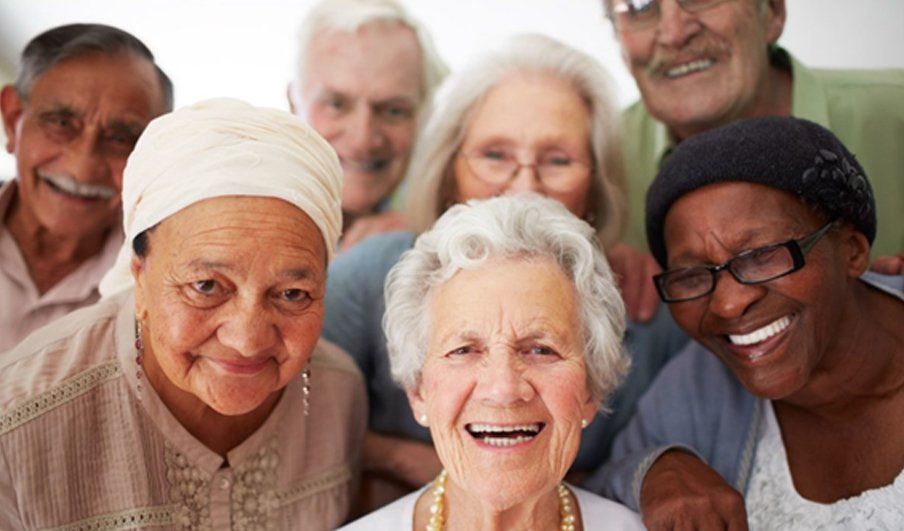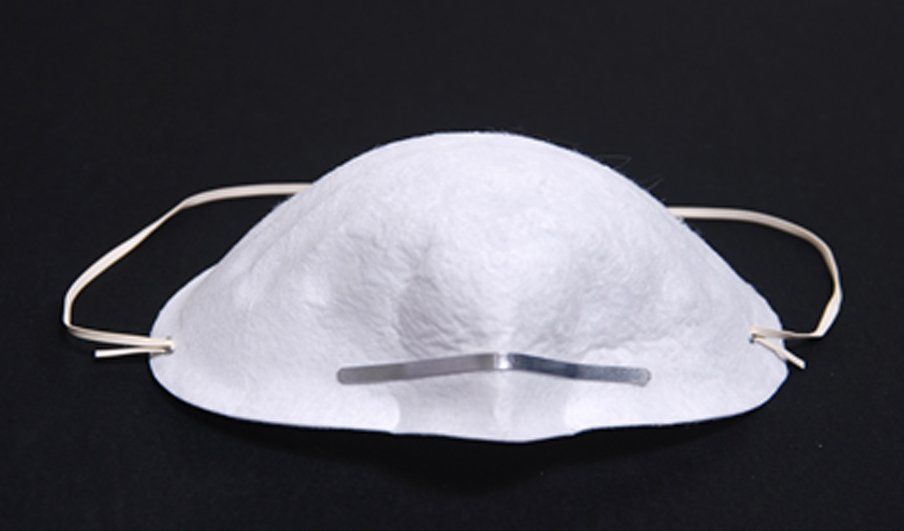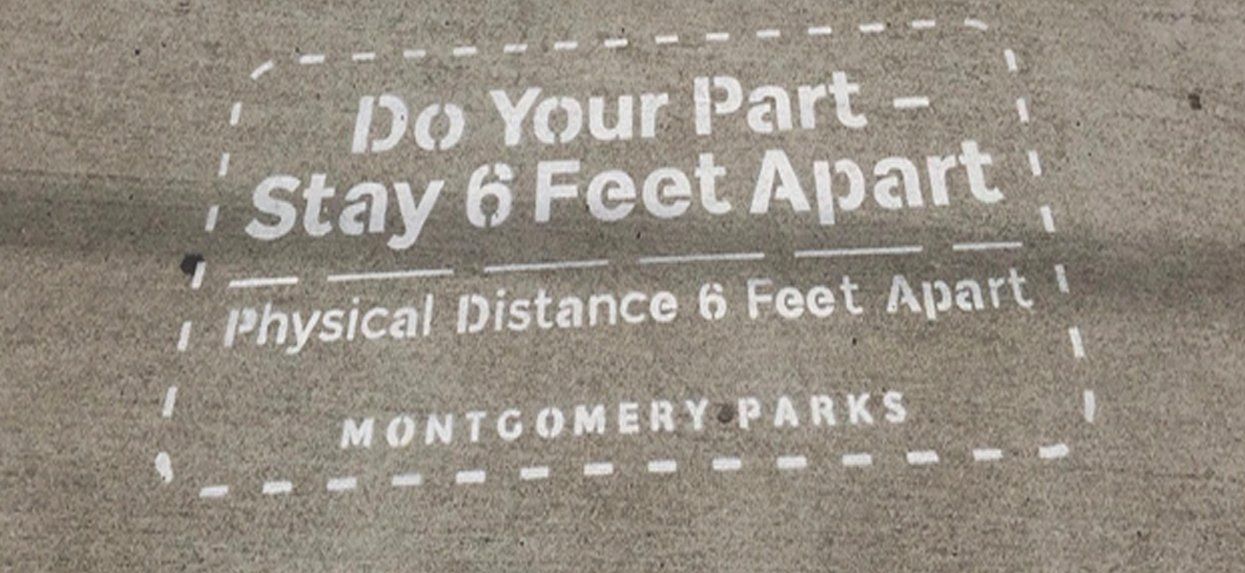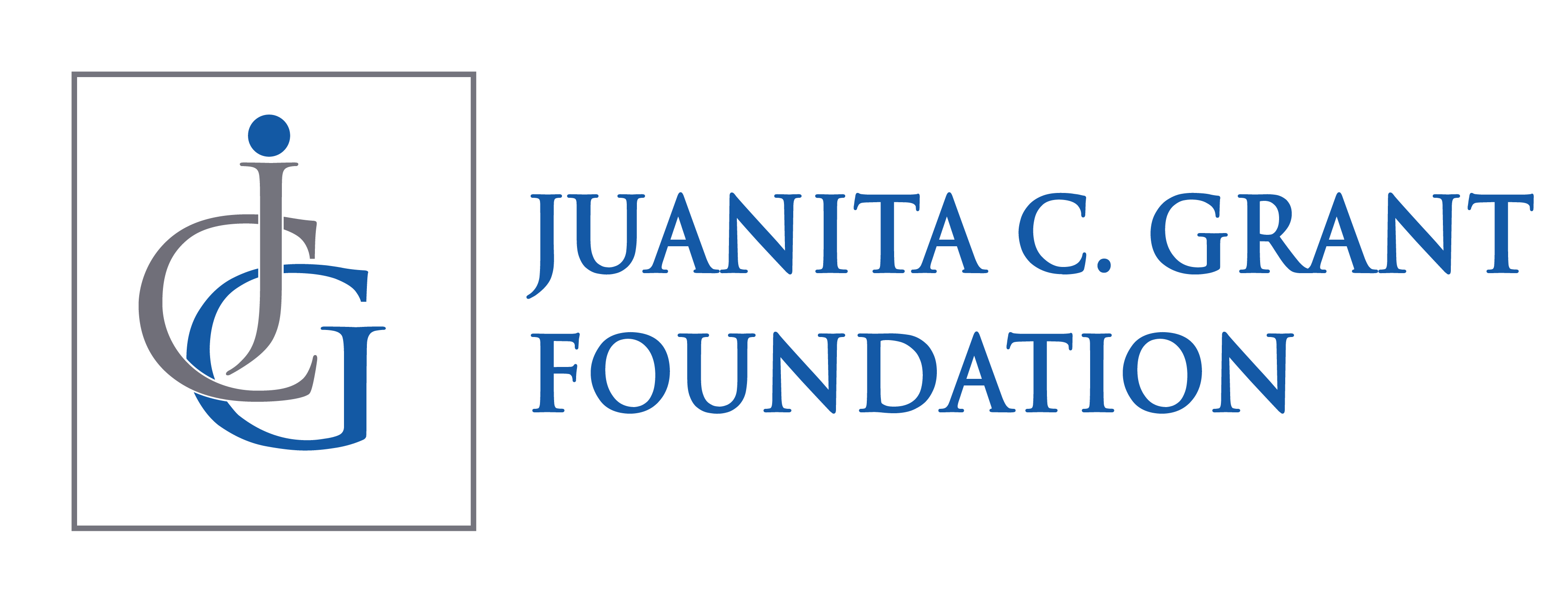On the Footpath to Making a Difference

In 1991, I retired to do something that brings me joy and leaves a footprint that made a difference. Thinking of my journey in 2021, 30 years later, I can say I found that place of joy and caused a change. Volunteering and board member for non-profits heighten my belief in hope, resilience, and awareness of the importance of being informed and proactive. For the last 3.5 years, I have had the fantastic opportunity to first volunteer and later become a board member for the Juanita C. Grant Foundation. The Juanita C. Grant Foundation addresses one of the most critical missions for older adults, giving them a voice. Through research, advocacy, education, training, and community engagement, the foundation established impactful programs that force awareness of social isolation, elder abuse, and financial fraud, economic instability in communities of an aging population.
Recently, I had the opportunity to share all resources and relationship building of the foundation's efforts in Prince George's County. A granddaughter of an older adult was given my name due to my work within the foundation. She was returning to work after the COVID lockdown, and required assistance with resources to help her with the daily needs of the grandmother, age 88, with dementia. Here was a perfect opportunity for me and the foundation's Village Connector Experience to share the excellent training I learned as an Ambassador of the VCE and the reservoir of services available in Prince Georges County Department of Family Services, Prince George’s County Legal Aid Services and Long-Term Care Programs. In addition, the granddaughter needed to get power of attorney to take care of those requests of services. I decided to take it a step further and reach out to my network in local government, County Council Chair Calvin Hawkins. As always, Councilmember Hawkins provided immediate assistance, and all is well in the Chase household. We agreed to stay in touch as Wanda, Mother Chase's granddaughter, continues to work on a safe and reliable environment to keep her grandmother in her home. Through my 30 years, I have had many scenarios of helping others, of being a catalyst that makes a difference, so my journey has been rewarding, exciting, and most importantly, leaving a footprint. The continuous and impactful outcomes of non-profits efforts can only happen if you give your time and support. Take care, stay safe, and hope to see you on the footpath.
Must Read Newsletter
Sign up for news and events
Newsletter
Most Popular





